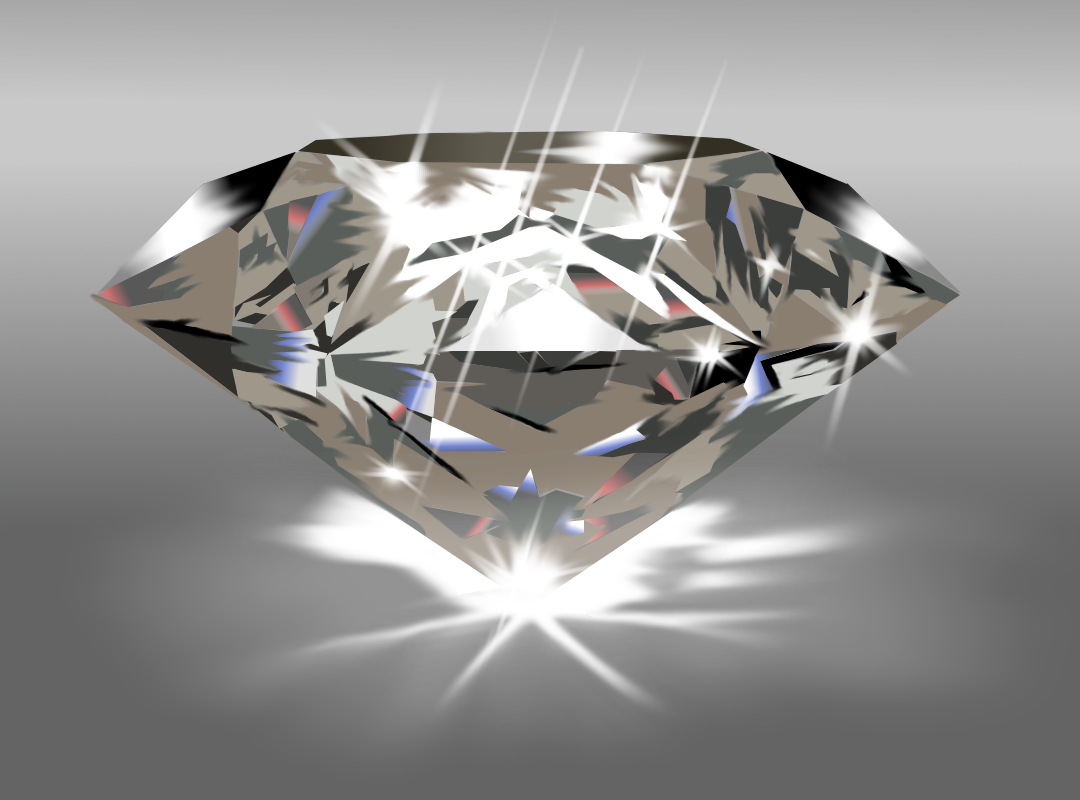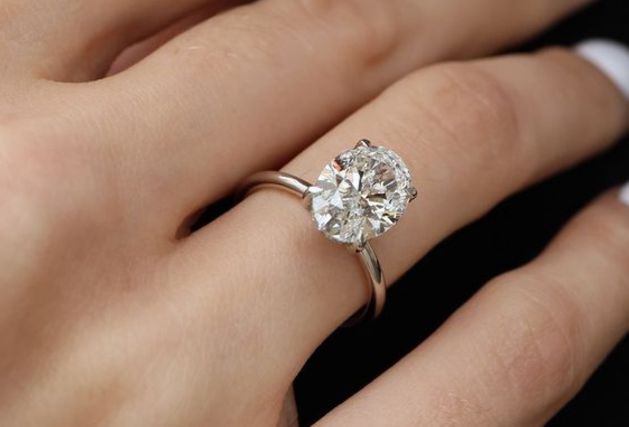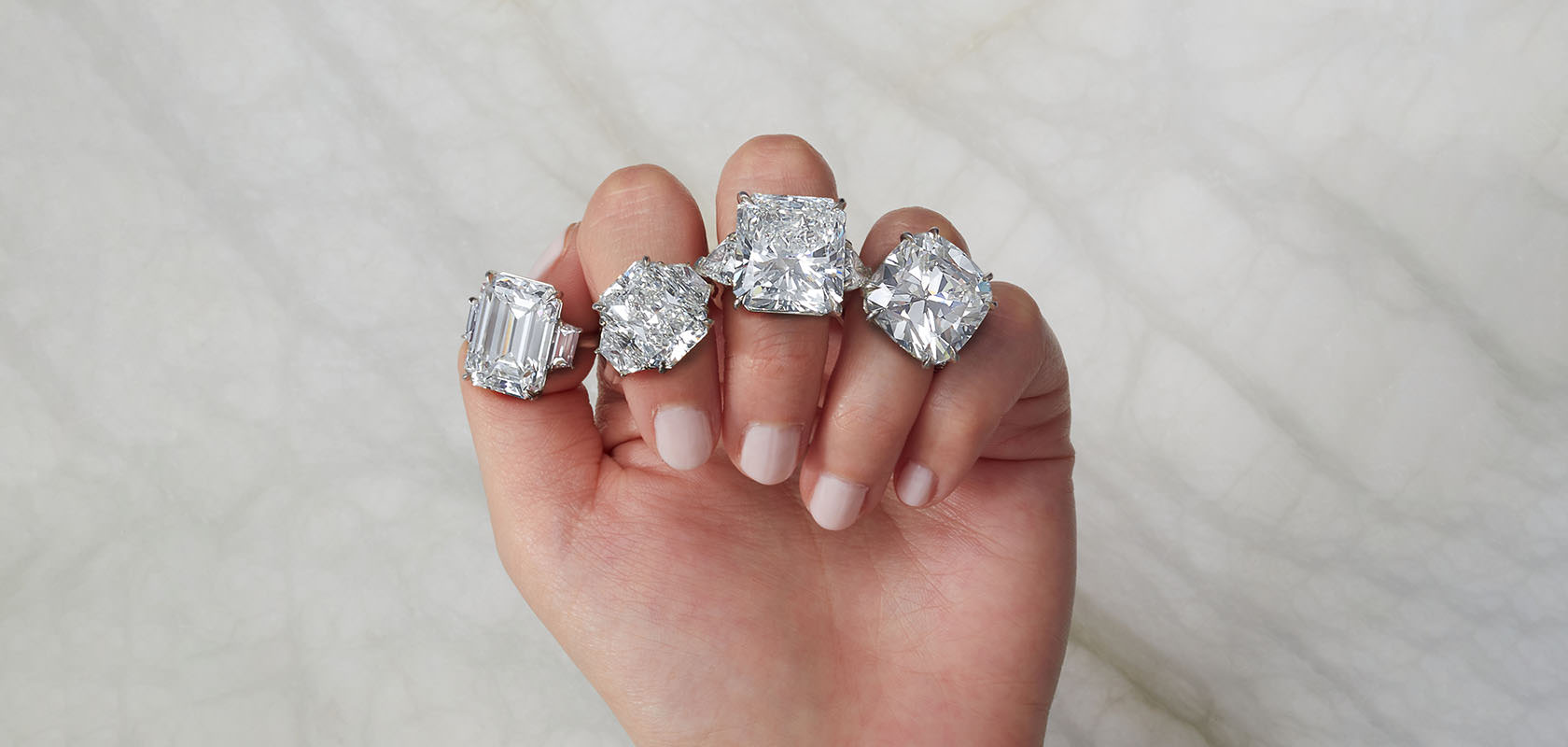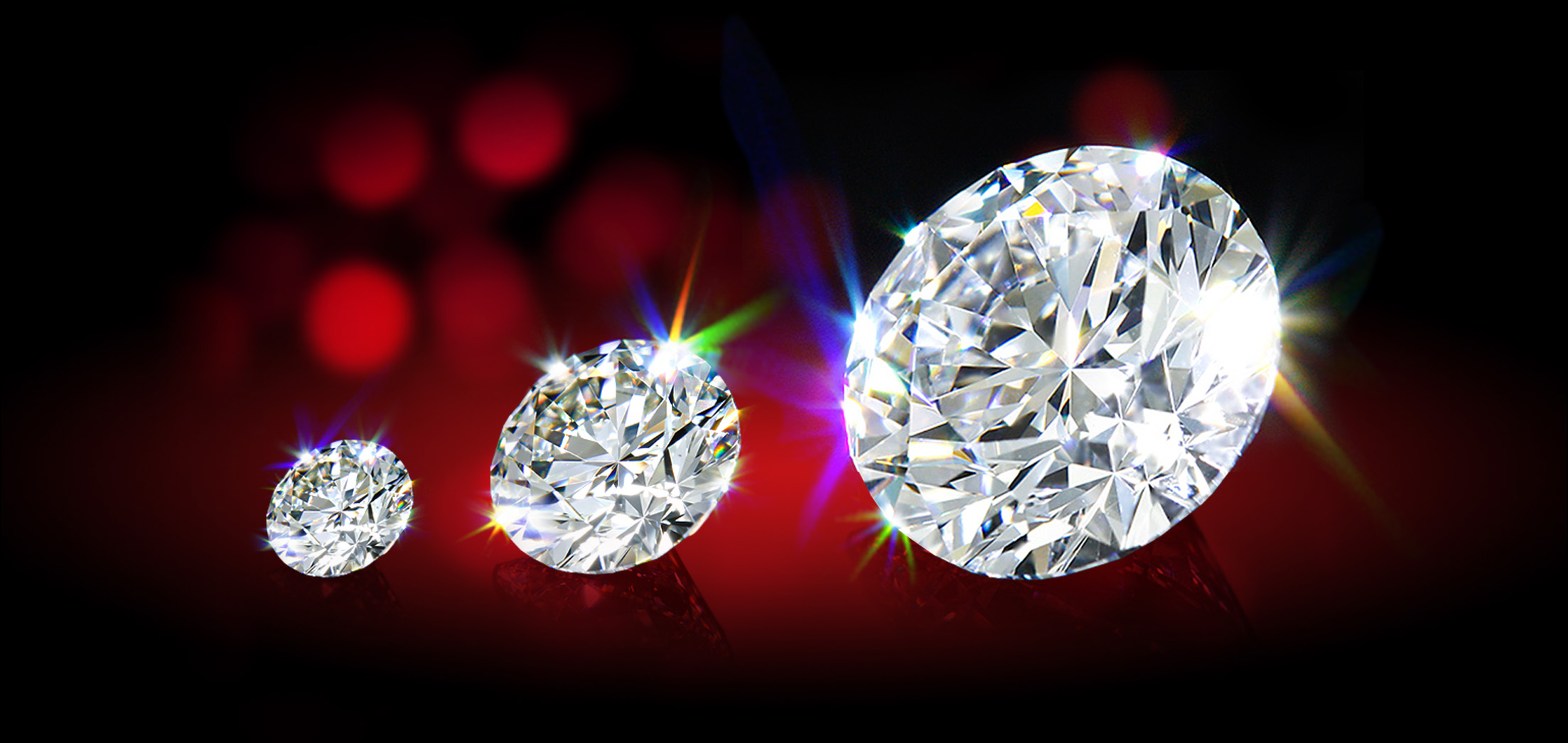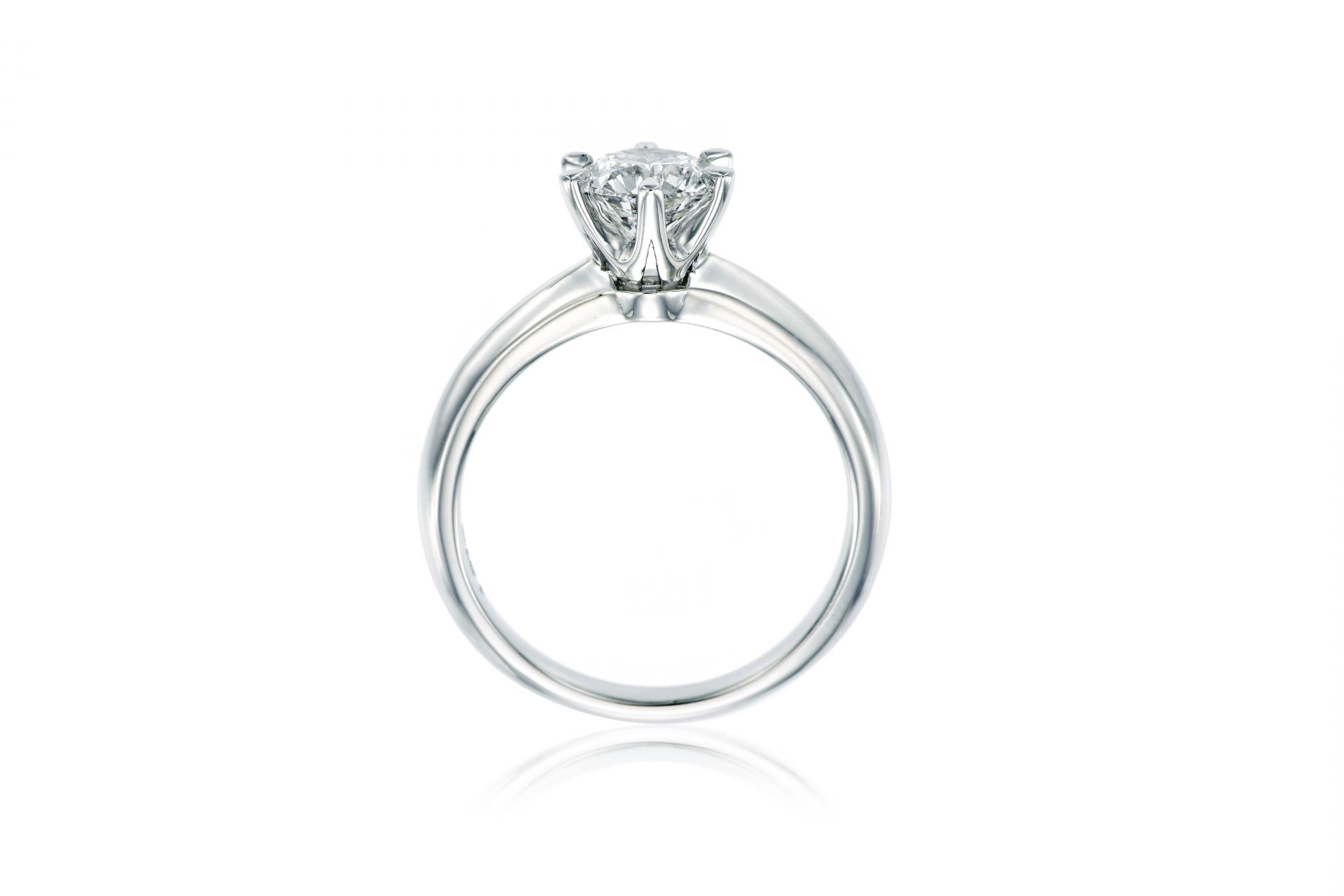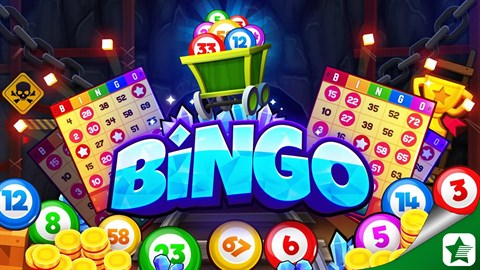IGI vs GIA Lab Grown Diamonds: Which Certification is Right for You?
In the domain of diamonds, two names stand apart conspicuously with regards to certification: the Worldwide Gemological Establishment (IGI) and the Gemological Organization of America (GIA). Both are eminent for their skill in jewel reviewing, yet understanding the differences among IGI and GIA certifications for lab-grown diamonds can significantly impact your purchasing decisions. This article jumps profound into the intricacies of each certification process, assisting you with exploring the complexities of the jewel market with confidence.
Introduction to Lab Grown Diamonds
The emergence of igi vs gia lab grown addresses a urgent change in the jewelry business, offering consumers an ethical and supportable option in contrast to mined diamonds. Lab-grown diamonds are created in controlled conditions that replicate the regular processes of precious stone arrangement. They have a similar chemical composition, crystal structure, and physical properties as mined diamonds yet are liberated from the ecological and ethical concerns associated with precious stone mining.
As consumer mindfulness develops, so does the demand for certified lab-grown diamonds. Certification assumes a crucial part in giving transparency and assurance in regards to the quality and authenticity of these diamonds. IGI and GIA certifications are broadly recognized in the business, each offering exceptional bits of knowledge and guidelines that cater to various consumer preferences and market needs.
Importance of Jewel Certification
Certification fills in as a sign of value and authenticity in the jewel business. It includes thorough testing and assessment conducted via prepared gemologists to evaluate a precious stone’s characteristics such as cut, color, clarity, and carat weight. For lab-grown diamonds, certification guarantees that the jewel satisfies specific guidelines and gives consumers confidence in their purchase.
Outline of IGI (Global Gemological Foundation)
Established in 1975, the Worldwide Gemological Organization (IGI) has secured itself as a worldwide expert in gemstone certification. Settled in Antwerp, Belgium, IGI works laboratories and offices in significant precious stone exchanging centers around the world. The foundation is known for its comprehensive evaluating frameworks and stringent quality guidelines, pursuing it a confided in decision among consumers and industry experts the same.
Outline of GIA (Gemological Organization of America)
The Gemological Organization of America (GIA), laid out in 1931, is generally viewed as the world’s principal expert in jewel reviewing. Situated in Carlsbad, California, lab diamonds, GIA is eminent for its research, education, and evaluating services. The establishment sets the benchmark for jewel quality evaluations and is recognized for its uncompromising guidelines and consistency in reviewing practices.
Certification Process: IGI versus GIA
Both IGI and GIA follow nitty gritty certification processes to assess and grade lab-grown diamonds. The certification process typically starts with the accommodation of diamonds to the respective laboratories, where prepared gemologists conduct careful assessments utilizing advanced hardware and techniques.
IGI Certification Process: IGI utilizes a comprehensive reviewing framework that evaluates lab-grown diamonds in view of the 4Cs — cut, color, clarity, and carat weight. The foundation uses advanced technology and normalized protocols to guarantee accuracy and consistency in reviewing. IGI’s reports give point by point data about a precious stone’s characteristics, assisting consumers with settling on informed purchasing choices.
GIA Certification Process: GIA’s certification process is prestigious for its meticulousness and adherence to strict evaluating guidelines. The foundation utilizes sophisticated gemological instruments and master information to assess lab-grown diamonds. GIA’s evaluating reports are profoundly respected for their meticulousness and dependability, furnishing purchasers with confidence in the quality and worth of their diamonds.
Accuracy and Consistency
Accuracy and consistency are central in jewel evaluating, as they directly influence consumer trust and market esteem. Both IGI and GIA utilize profoundly prepared gemologists who go through continuous education and preparing to maintain reviewing guidelines. While subjective translations might exist inside any reviewing framework, the two establishments endeavor to limit discrepancies through normalized procedures and quality control measures.
Market Perception and Trust
Consumer trust in precious stone certification is influenced by the standing and dependability of the responsible laboratory. IGI-certified lab-grown diamonds are esteemed for their accessibility and competitive pricing, interesting to an expansive scope of purchasers looking for quality assurances at reasonable prices. In contrast, GIA-certified lab-grown diamonds are regarded for their glory and worldwide recognition, commanding higher market charges because of the establishment’s eminent evaluating norms and industry administration.
Cost Differences
The cost of certification can significantly impact the general price of a lab-grown jewel. IGI certifications are by and large more cost-effective compared to GIA certifications, making them an attractive choice for thrifty consumers. Be that as it may, GIA’s standing for uncompromising quality and accuracy frequently legitimizes the higher certification costs among purchasers who focus on distinction and assurance in their jewel purchases.
Understanding Precious stone Evaluating Scales
Both IGI and GIA utilize normalized reviewing scales to evaluate the quality and worth of lab-grown diamonds. These reviewing scales give a systematic structure to assessing a jewel’s characteristics, including its cut craftsmanship, color power, clarity grade, and carat weight. Understanding these evaluating scales enables consumers to compare diamonds objectively and pursue educated choices in light of their preferences and spending plan considerations.
Benefits of IGI Certification
IGI-certified lab-grown diamonds offer a few benefits to consumers. The foundation’s worldwide presence and broad organization of laboratories guarantee accessibility and convenience for purchasers around the world. IGI’s commitment to transparency and customer satisfaction is reflected in its definite evaluating reports, which give comprehensive data about a jewel’s credits and provenance. Furthermore, IGI’s competitive pricing structure makes quality-certified diamonds more accessible to a more extensive audience, fostering inclusivity and reasonableness inside the jewel market.
Benefits of GIA Certification
GIA-certified lab-grown diamonds are inseparable from unmatched quality and distinction. The organization’s thorough reviewing process and unwavering commitment to excellence set GIA-certified diamonds separated in the worldwide marketplace. GIA’s reviewing reports are exceptionally respected for their accuracy and dependability, pursuing them a favored decision among discerning purchasers, collectors, and financial backers looking for assurance in their jewel speculations. Moreover, GIA’s regarded standing enhances the resale worth and market attractiveness of certified diamonds, underscoring the foundation’s job as a forerunner in gemological research and education.
Criticism and Controversies
Regardless of their regarded notorieties, both IGI and GIA certifications are not without criticisms. A few industry specialists and consumers have raised concerns about reviewing inconsistencies and subjective evaluations inside the certification process. These criticisms feature the importance of progressing assessment and transparency in jewel reviewing practices to keep up with consumer trust and industry credibility. The two foundations continuously endeavor to address these challenges through superior principles, technological advancements, and educational drives pointed toward enhancing gemological information and ethical practices.
Educational Resources
IGI and GIA give comprehensive educational resources to enable consumers with information about precious stone quality, reviewing principles, and industry patterns. These resources include online courses, studios, classes, and useful publications intended to educate consumers and industry experts the same. By furnishing purchasers with the necessary data, IGI and GIA cultivate informed decision-production and advance transparency inside the precious stone market.
Conclusion: Going with an Educated Decision
Choosing among IGI and GIA certifications for lab-grown diamonds eventually relies upon individual preferences, needs, and spending plan considerations. While IGI offers accessibility and competitive pricing, GIA gives unrivaled quality assurance and worldwide recognition. By understanding the differences framed in this article, consumers can settle on informed choices that line up with their qualities and expectations. Whether focusing on moderateness, glory, or thorough guidelines, both IGI and GIA certifications maintain the honesty and worth of lab-grown diamonds, ensuring a fulfilling and fulfilling purchase experience.
Last Contemplations
The market for lab-grown diamonds continues to develop, driven by technological advancements, moving consumer preferences, and developing familiarity with ethical and ecological considerations. As demand for certified diamonds increases, IGI and GIA stay resolute in their commitment to excellence, development, and consumer trust. Whether you’re a first-time purchaser or a carefully prepared collector, exploring the nuances of IGI versus GIA certifications engages you to settle on confident decisions and acquire diamonds that resound with your qualities and way of life. Embrace the excellence and brilliance of lab-grown diamonds, realizing that your purchase is backed by confided in certification and a legacy of value craftsmanship.





